
Rebecca Clayton, Content and Digital Support Officer at the Forestry Commission, shares how a historic site in the northwest of England has been renewed by nature.
Tucked away next to a back road to the north of Egremont in West Cumbria lies a disused quarry transformed by natural regeneration. Clints Quarry is a 9ha nature reserve owned and managed by the Cumbria Wildlife Trust nestled in a broadleaf woodland.
From the 1600s onwards, limestone was quarried here for use in the agriculture, building and steel-making industries until 1930. After that, the site was left to the elements, where over time it has become rich in flora and fauna as grass, wildflower and scrub communities have become established. In 1969, it was designated a Site of Special Scientific Interest (SSSI) and in 1984 it was purchased by the Cumbria Wildlife Trust, halting plans to turn the site into landfill.
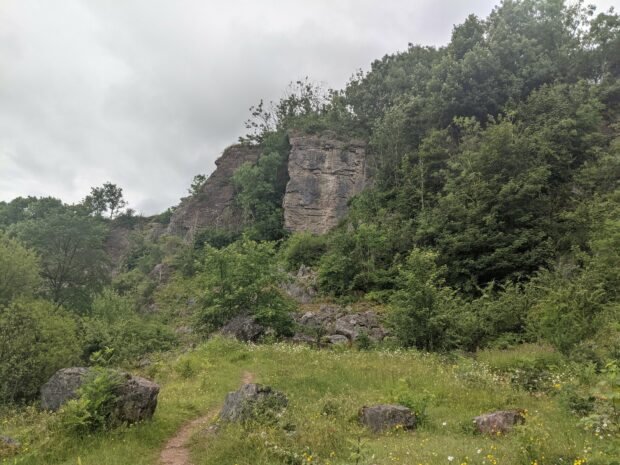
The entrance can be found along a gorge cut through the rock that converges into a woodland which has a lingering aroma of wild garlic in the spring and summertime. This opens out into a secret garden of wildflowers encased within the quarry. The footpath curves around the edge of the quarry floor, taking you to multiple hidden ponds, screes and areas to explore which are not immediately visible when you enter.
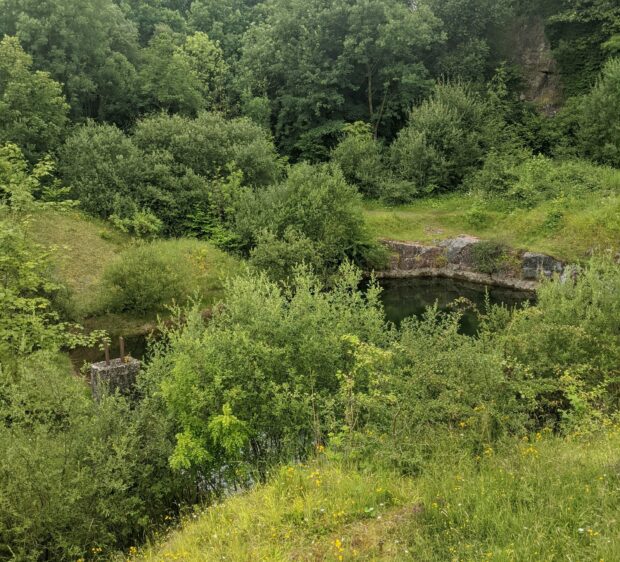
There are signs of the site’s industrial past all around. The footpath follows the old rail tracks used to transport lime, and there are concrete pools which are now home to palmate newts and aquatic plants. In the woodland, a lime kiln used to create quicklime has now been commandeered by scrub.
The quarry floor is characterised by ridges created from spoil heaps, piles of waste material accumulated when the quarry was active, which have become a part of the land. These ridges are the most wildflower-rich areas of the site due to the shallow alkaline soils and dry conditions.

There is an abundance of species including oxeye daisy, mouse-ear hawkweed, rough hawkbit, harebells, wild strawberries, the common spotted orchid and many more. The wildflowers attract an array of butterflies, damselflies and dragonflies.
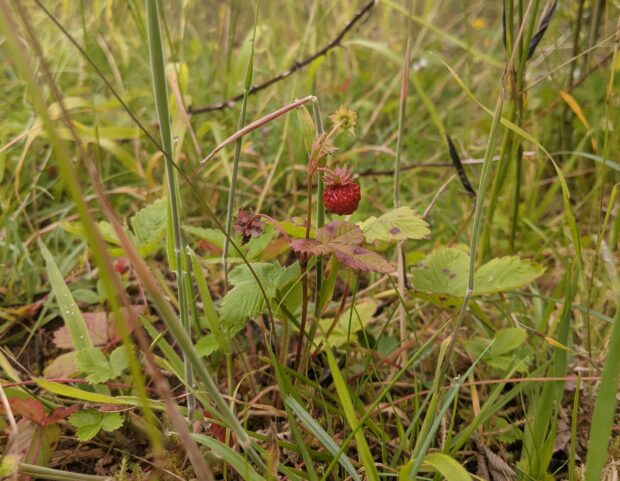
In the hollows between the spoil heaps, the soil is wetter providing favourable conditions for northern marsh orchids and lesser spearwort. According to Cumbria Wildlife Trust the site is also one of the most northerly sites where the bee orchid can be found (though unfortunately not by me).
There are also signs of a much earlier history, when the carboniferous limestone formed 350 million years ago. There are plant and coral fossils embedded in the rock that originated from a warm sub-tropical sea, like this solitary rugose coral.
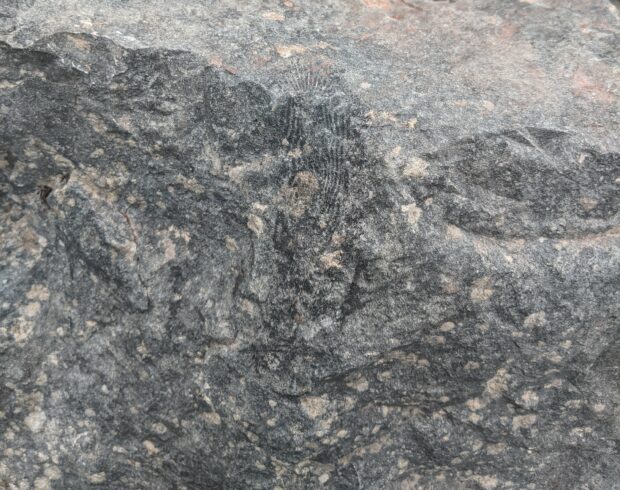
The path winds around the edge of the quarry floor back into the woodland dominated by ash and sycamore. Plenty of other species can be found such as hawthorn and hazel, and deadwood has been left as a habitat for insects.
It has been fascinating to see how the nature reserve has changed over the years within my lifetime as the site is always developing. As some species have dominated, there is ongoing conservation work to maintain the nature reserve. In 2021, fell ponies were brought to the site temporarily to graze on the scrub to allow the wildflowers to thrive and the Cumbria Wildlife Trust hold conservation days to cut back on overgrown areas.
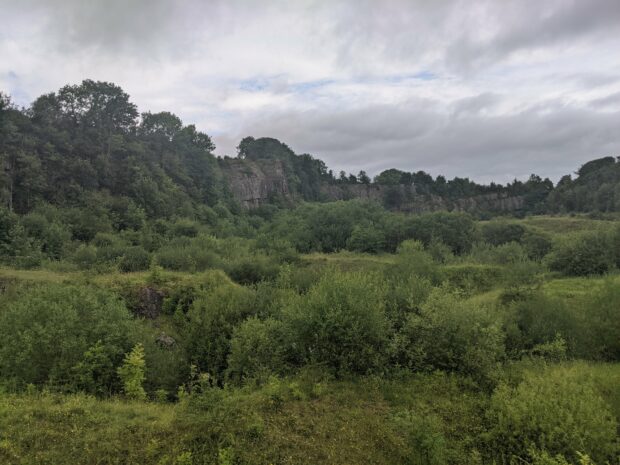
The site is a testament to the perseverance of nature and the potential for unused historic sites to develop a new lease of life where biodiverse habitats can thrive, and people can enjoy the landscape.
You can find a virtual tour of Clints Quarry on the Trust’s website.
'Into the woods' is a blog series where staff members share adventures in their favourite woodlands. Join us every month as we explore the woodlands we love and uncover their beauty, wildlife, and hidden treasures.
Subscribe to receive updates via email and follow us on X (Twitter) and LinkedIn.


